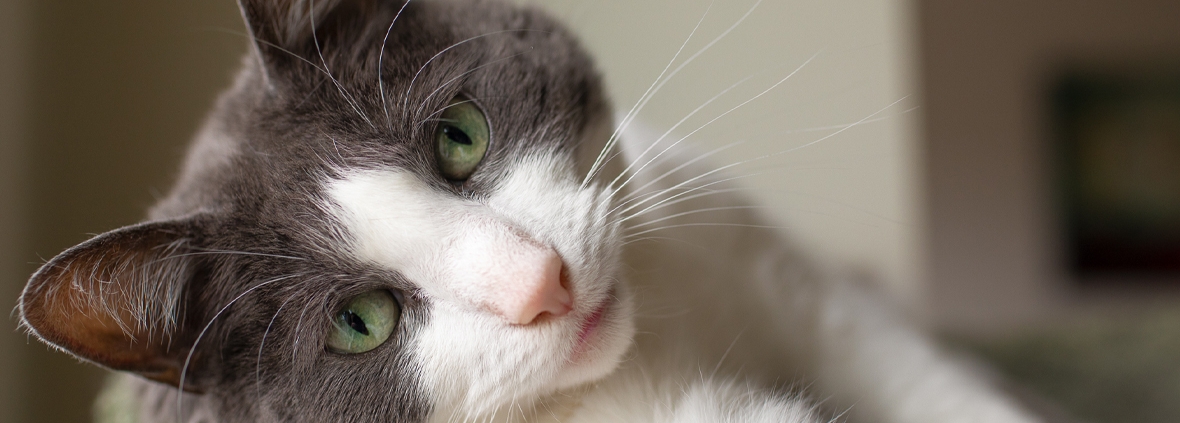Practical Pain Relief Strategies
Chronic pain in cats is more than an inconvenience—it’s a welfare issue.
Arthritis is one of the most common sources of chronic pain in older cats, and untreated pain can affect mobility, grooming, appetite, mood, and sleep. As trusted advocates for feline health, veterinary teams play a crucial role in recognizing, managing, and educating clients about feline osteoarthritis (OA).
Below is an overview of current pain management options, along with practical tips for incorporating them into your treatment plans and client conversations.
Solensia® (frunevetmab)
- What it is: The first and only FDA-approved therapy for chronic OA pain in cats.
- Mechanism: Blocks nerve growth factor (NGF), reducing chronic pain signaling.
- Efficacy: Clinical studies show significant improvement in activity and comfort.
- Administration: Monthly subcutaneous injection, given in-clinic.
- Side effects to monitor: Vomiting, mild injection site pain, pruritus (esp. head/neck), scabbing, or alopecia.
Pro Tip: Position Solensia as a first-line option when discussing long-term OA care with cat owners, especially for those reluctant to manage daily oral medications.
Non-Steroidal Anti-Inflammatory Drugs (NSAIDs)
- Options: Meloxicam (Metacam®), robenacoxib (Onsior®). Long-term use approved outside the US, but often used off-label domestically.
- Risks: GI upset most common; kidney issues possible if dehydrated.
- Monitoring: Ensure adequate hydration, appetite, and perform routine blood work for long-term patients.
Pro Tip: Frame NSAIDs as effective for cats with stable renal function. Reinforce with clients the importance of hydration and recheck bloodwork compliance.
Oral Analgesics (Off-Label)
- Gabapentin: Effective for neuropathic pain, but sedation is common.
- Tramadol: Limited use due to poor palatability and GI side effects.
- Amantadine: Can reduce central pain sensitization and improve quality of life.
Pro Tip: Use gabapentin or amantadine as adjuncts in multimodal pain management. Clearly explain “off-label use” to clients to build trust and transparency.
Nutritional Support & Supplements
- Omega-3 fatty acids: Therapeutic diets enriched with fish oil show measurable benefits.
- Adequan®: Injectable polysulfated glycosaminoglycan that supports joint health.
- Other therapies: CBD and alternative products are under study—discuss evidence-based use and caution with clients.
- Avoid: Glucosamine/chondroitin, which lack proven efficacy in cats.
Pro Tip: Nutritional support is an easy “entry point” for client compliance. Provide written diet recommendations and make supplements available in-clinic to encourage follow-through.
Lifestyle & Environmental Support
- Encourage owners to modify the home environment (e.g., ramps, accessible litter boxes, soft bedding).
- Predictable routines reduce stress, which can amplify pain perception.
- Consider pre-visit medications (gabapentin, pregabalin) for cats prone to anxiety or stress in the clinic.
Pro Tip: Create a handout with practical at-home adjustments owners can make. Pair medical management with environmental changes to maximize outcomes.
Key Takeaway for Veterinary Teams
Pain is not a normal part of aging. With the right combination of pharmacologic, nutritional, and environmental support, cats with arthritis can maintain mobility, comfort, and quality of life well into their senior years. Veterinary teams are uniquely positioned to lead these conversations and empower clients with clear, evidence-based options.


